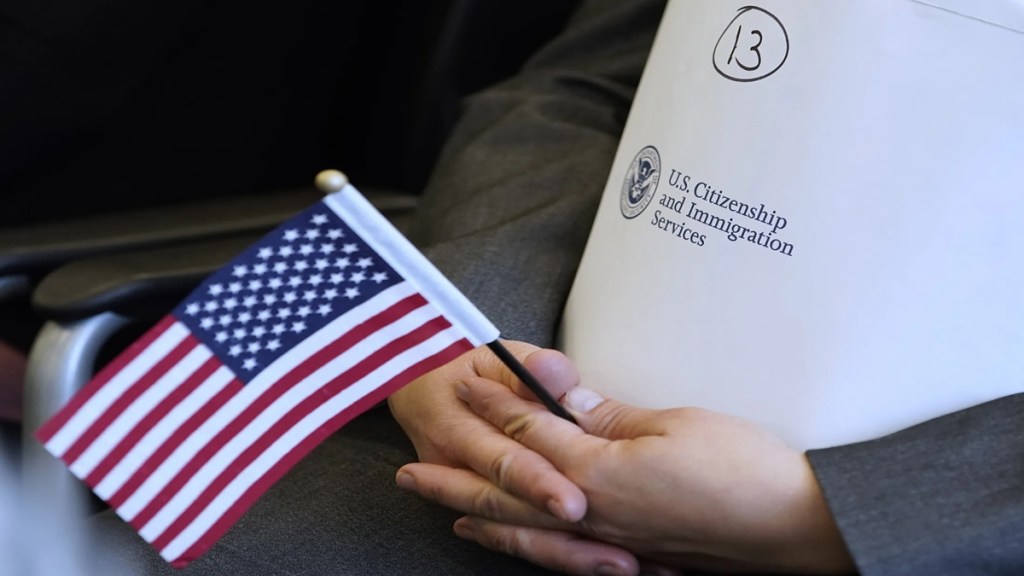Months after Donald Trump signed a travel ban directive against 12 nations, the US Citizenship and Immigration Services may inevitably be compelled to follow in his footsteps, given the implications of what it labelled “country-specific factors.”
On Thursday (US time), the New York Times pointed to potentially forthcoming restrictions for immigrants, citing internal documents from the Department of Homeland Security. Per these reported documents, the Trump government is chalking up a new policy change that could ultimately limit green cards for foreign nationals who come from countries already listed under the POTUS’ travel ban.
Although the suggested rules haven’t been finalised yet, they would work into the MAGA leader’s game-plan enforcing immigration crackdown. In case it goes into effect, here are all those who could be affected by the possibly revamped green card policy.
Trump’s travel ban list: See all countries included
Primarily targeting countries in Africa and the Middle East, the early June Trump-signed travel ban barred citizens of the following 12 countries from coming to the US:
- Afghanistan
- Myanmar
- Chad
- The Republic of Congo
- Equatorial Guinea
- Eritrea
- Haiti
- Iran
- Libya
- Somalia
- Sudan
- Yemen
Seven other countries also faced restrictions. However, Trump didn’t impose a full-fledged travel bar for their citizens at the time. As a result, nationals of these countries can neither permanently settle in the US, nor can they get tourist or student visas.
- Burundi
- Cuba
- Laos
- Sierra Leone
- Togo
- Turkmenistan
- Venezuela
Trump’s decision to impose severe restrictions on these aforementioned nations followed hot on the heels of an attack in Boulder, Colorado. While an Egyptian man was charged in connection with targeting a group that had come together to support Israeli hostages held in Gaza, Egypt was not mentioned in the travel ban list.
“The recent terror attack in Boulder, Colo., has underscored the extreme dangers posed to our country by the entry of foreign nationals who are not properly vetted, as well as those who come here as temporary visitors and overstay their visas,” he said in a video message at the time of the travel ban announcement. “We don’t want them.”
Some exceptions to the travel ban included:
- People with existing visas or green cards aka “lawful permanent” American resident
- Athletes coming to the US for the 2026 World Cup or the 2028 Summer Olympics (Los Angeles)
- Afghans eligible for the Special Immigrant Visa program
- US government employees with Special Immigrant Visas
- Those holding immigrant visas for ethnic and religious minorities facing persecution in Iran
- The US State Secretary may also expand the exemptions list to include people on a “case-by-case” basis, but only if the person served a US national interest
Back then, the US president left the provision open for the list to be amended in case of “material improvements” On the flip side, he also warned that other countries could be added to the travel ban list as “threats emerge around the world.”
As it remains unclear how the said policy would be executed, the USCIS has steered clear from commenting on the release of the internal drafts. Doug Rand, who was a senior official at the agency during the Joe Biden administration, dragged the “country-specific factors” potentially impacting certain future green card applicants.
“Having something that applies to you based on your country is absurd. This is a radical change,” he said, as per the NYT. “Now they’re trying to reach inside the United States and overturn the settled expectations of people who have already been here. This is an escalation of the Trump administration’s attack on legal immigration.”

